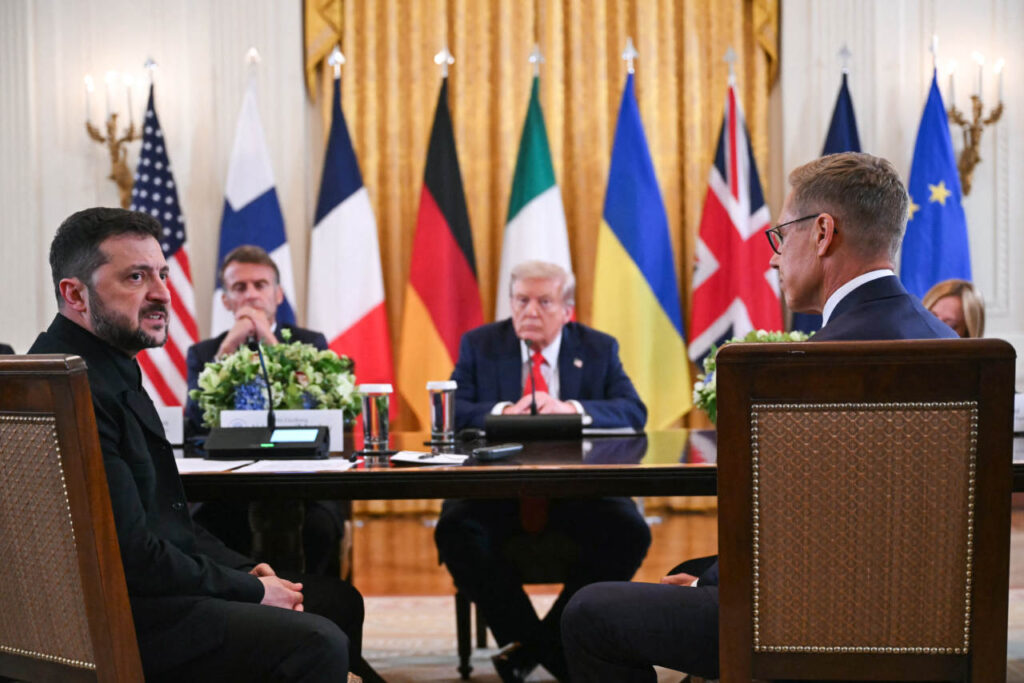
The ongoing conflict in Ukraine has intensified discussions around the concept of a “security guarantee.” This term refers to assurances made by countries or alliances to protect a state from external aggression. As tensions with Russia escalate, understanding historical examples of security guarantees can provide valuable insights for Ukraine’s current situation.
Historical Context and Security Guarantees
Security guarantees have taken various forms throughout history, often shaped by the nature of the threats faced. For instance, during the Cold War, the North Atlantic Treaty Organization (NATO) established a framework that included collective defense measures, particularly under Article 5, which commits member states to defend one another in the event of an attack. This principle has been a cornerstone of NATO’s deterrence strategy since its formation in 1949.
In March 2022, following Russia’s invasion of Ukraine, the idea of security guarantees gained renewed urgency. Ukrainian President Volodymyr Zelenskyy called for international support, seeking binding security assurances from Western nations. The Munich Security Conference that year highlighted the need for a robust response to Russian aggression, leading to discussions about potential guarantees from NATO and other alliances.
The Role of Major Powers
The involvement of major powers is crucial in establishing effective security guarantees. The United States and the European Union have been pivotal in providing military and financial support to Ukraine. This support is not merely a reactive measure; it is part of a broader strategy to deter Russian expansionism. By reinforcing Ukraine’s defense capabilities, these nations aim to create a less favorable environment for further Russian aggression.
A key aspect of any security guarantee is the political will behind it. The commitment of NATO member states to defend Ukraine would require unanimous agreement, a process complicated by varying national interests. Some members might be hesitant to engage directly in a conflict that could escalate into a broader war.
Lessons from history show that security guarantees can be effective if they are credible and backed by tangible support. For example, the U.S. security umbrella during the Cold War effectively deterred Soviet expansion in Europe. Similarly, the commitment of NATO to defend its members has prevented direct military confrontations within the alliance.
The ongoing discussions surrounding Ukraine’s security also highlight the importance of diplomatic engagement. While military support is vital, diplomatic efforts to resolve the conflict are equally crucial. The balance between deterrence and negotiation will shape the future of security guarantees in the region.
In conclusion, the concept of security guarantees remains a complex and evolving topic. As Ukraine navigates its challenges with Russia, historical precedents can inform current strategies. The commitment of allies, the credibility of guarantees, and the willingness to engage diplomatically will play significant roles in ensuring Ukraine’s security and stability in the long term.







